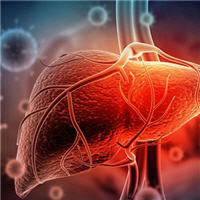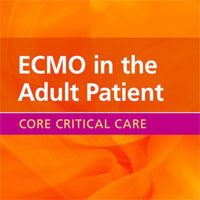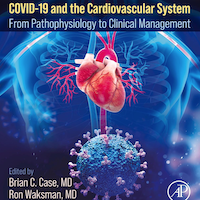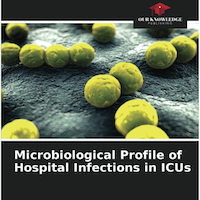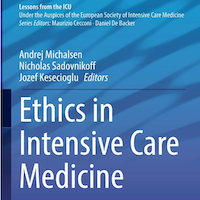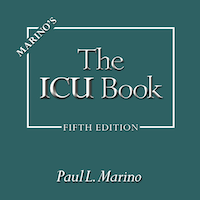Tag: infection
TLR2 senses the SARS-CoV-2 envelope protein to produce inflammatory cytokines
The innate immune response is critical for recognizing and controlling infections through the release of cytokines and chemokines. However, severe pathology during some infections, including SARS-CoV-2, is driven by hyperactive... read more
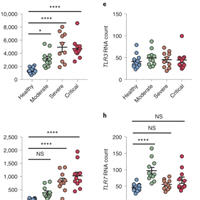
Reverse-transcribed SARS-CoV-2 RNA can integrate into the genome of cultured human cells
Prolonged detection of severe acute respiratory syndrome coronavirus 2 (SARS-CoV-2) RNA and recurrence of PCR-positive tests have been widely reported in patients after recovery from COVID-19, but some of these patients do... read more

Asymptomatic and Symptomatic SARS-CoV-2 Infections After BNT162b2 Vaccination
This study found an association between vaccination with BNT162b2 in hospital employees and a decreased risk of symptomatic and asymptomatic infections with SARS-CoV-2. Limitations include the observational design; short... read more
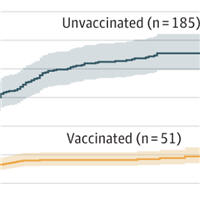
Oral Midodrine Feasibility in Early Sepsis
This study proved the feasibility of clinical trial to use oral midodrine in early sepsis. The study was not powered to detect statistically significant differences between the two groups, and therefore, the results from... read more
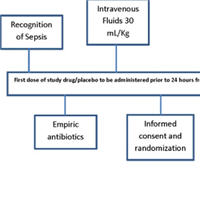
The Clinical Utility of MRSA Nasal Screening to Rule Out MRSA Pneumonia
Nares screening for methicillin-resistant Staphylococcus aureus (MRSA) had a high specificity and NPV for ruling out MRSA pneumonia, particularly in cases of CAP/HCAP. Based on the NPV, MRSA nares screening is a valuable... read more
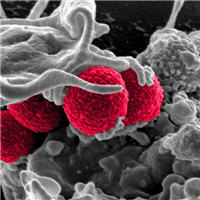
Persistent Neuropsychiatric Symptoms After COVID-19
The nature and extent of persistent neuropsychiatric symptoms after COVID-19 are not established. To help inform mental health service planning in the pandemic recovery phase, we systematically determined the prevalence of... read more
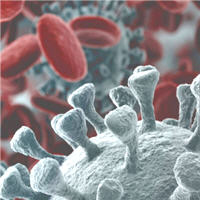
Critical Care Emergency Medicine
The groundbreaking text on critical care emergency medicine – updated with the latest evidence and recommendations. Critical Care Emergency Medicine has become the standard reference for all clinicians who wish to understand... read more
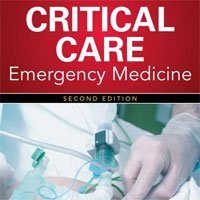
Use of Procalcitonin During the First Wave of COVID-19
A minority of patients presenting to hospital with COVID-19 have bacterial co-infection. Procalcitonin testing may help identify patients for whom antibiotics should be prescribed or withheld. This study describes the... read more

Simulated Identification of Silent COVID-19 Infections Among Children
In this simulation modeling study of a synthetic US population, in the absence of vaccine availability for children, a targeted approach to rapidly identify silent COVID-19 infections in this age group was estimated to significantly... read more
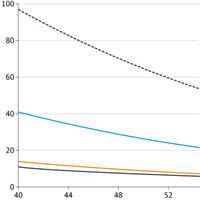
Clinical Trial of Therapeutics for Severely Ill Hospitalized COVID-19 Patients Begins
A new Phase 3 trial to test the safety and efficacy of therapeutics for COVID-19 has begun enrolling patients hospitalized with life-threatening cases of COVID-19, including those with acute respiratory failure. The trial... read more
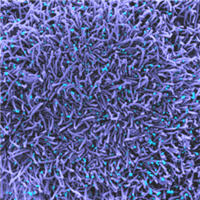
10 Scientific Reasons in Support of Airborne SARS-CoV-2 Transmission
Heneghan and colleagues' systematic review, funded by WHO, published in March, 2021, as a preprint, states: "The lack of recoverable viral culture samples of SARS-CoV-2 prevents firm conclusions to be drawn about airborne... read more
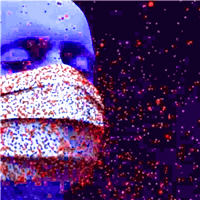
Effect of Infusion Set Replacement Intervals on Catheter-related Bloodstream Infections
The optimal duration of infusion set use to prevent life-threatening catheter-related bloodstream infection (CRBSI) is unclear. We aimed to compare the effectiveness and costs of 7-day (intervention) versus 4-day (control)... read more

Co-infection in Critically Ill Patients with COVID-19
During previous viral pandemics, reported co-infection rates and implicated pathogens have varied. In the 1918 influenza pandemic, a large proportion of severe illness and death was complicated by bacterial co-infection,... read more

Sunlight Linked to Lower COVID-19 Deaths
Our analysis suggests that higher ambient UVA exposure is associated with lower COVID‐19 specific mortality. Further research on the mechanism may indicate novel treatments. Optimised UVA exposure may have population health... read more

Use of Biomarkers to Identify AKI to Help Detect Sepsis in Patients with Infection
Use of the urinary (tissue inhibitor of metalloproteinases-2) × (insulin-like growth factor binding protein 7) test could identify acute kidney injury in patients with infection, possibly helping to detect sepsis, nearly... read more
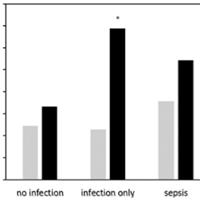
A Scenario Modeling Pipeline for COVID-19 Emergency Planning
Coronavirus disease 2019 (COVID-19) has caused strain on health systems worldwide due to its high mortality rate and the large portion of cases requiring critical care and mechanical ventilation. During these uncertain... read more
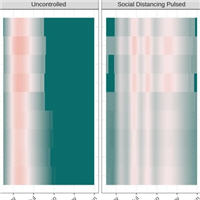
Virus-Induced Changes of the Respiratory Tract Environment Promote Secondary Infections
Secondary bacterial infections enhance the disease burden of influenza infections substantially. Streptococcus pneumoniae (the pneumococcus) plays a major role in the synergism between bacterial and viral pathogens, which... read more
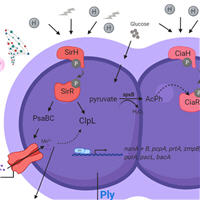
Role of N-Acetylcysteine in Non-acetaminophen-related Acute Liver Failure
N-acetylcysteine (NAC) is well known to emergency medicine physicians as the antidote in acute acetaminophen ingestion. The scope of use for this medication beyond that is often not considered, such as in other etiologies... read more
